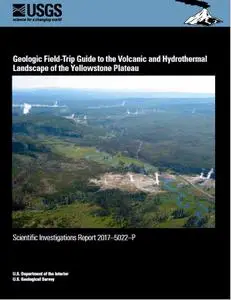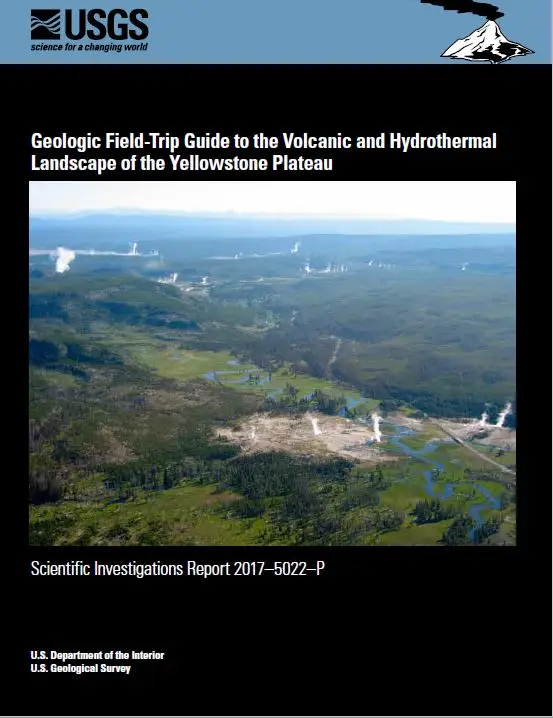Lisa A. Morgan, "Geologic Field-Trip Guide to the Volcanic and Hydrothermal Landscape of the Yellowstone Plateau"
English | 2017 | ISBN: 1411342046 | 116 pages | True PDF | 17.1 MB
English | 2017 | ISBN: 1411342046 | 116 pages | True PDF | 17.1 MB
Want something a little bit different than your usual "here's the best hikes to go on" guide to a national park? The US Geological Survey publishes "Field Trip Guides" to many of the western national parks. These are intended for professional geologists, to guide them to places of interest. But if you are a rockhound, have a teenager curious about science, or just like a deep dive into natural history, you might enjoy using this to give you a few tips of things to look for in Yellowstone.
All the USGS publications are available as free downloads at pubs.er.usgs.gov, so I don't plan to copy a lot of them to MaM.
From the web:
Yellowstone National Park, a nearly 9,000 km2 (~3,468 mi2) area, was preserved in 1872 as the world’s first national park for its unique, extraordinary, and magnificent natural features. Rimmed by a crescent of older mountainous terrain, Yellowstone National Park has at its core the Quaternary Yellowstone Plateau, an undulating landscape shaped by forces of late Cenozoic explosive and effusive volcanism, on-going tectonism, glaciation, and hydrothermal activity. The Yellowstone Caldera is the centerpiece of the Yellowstone Plateau.
The Yellowstone Plateau lies at the most northeastern front of the 17-Ma Yellowstone hot spot track, one of the few places on Earth where time-transgressive processes on continental crust can be observed in the volcanic and tectonic (faulting and uplift) record at the rate and direction predicted by plate motion.
Over six days, this field trip presents an intensive overview into volcanism, tectonism, and hydrothermal activity on the Yellowstone Plateau (fig. 1). Field stops are linked directly to conceptual models related to monitoring of the various volcanic, geochemical, hydrothermal, and tectonic aspects of the greater Yellowstone system. Recent interest in young and possible future volcanism at Yellowstone as well as new discoveries and synthesis of previous studies, (for example, tomographic, deformation, gas, aeromagnetic, bathymetric, and seismic surveys), provide a framework in which to discuss volcanic, hydrothermal, and seismic activity in this dynamic region.



